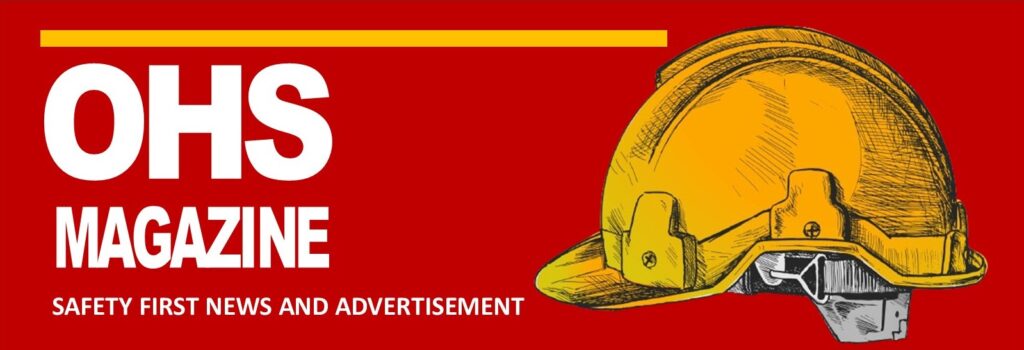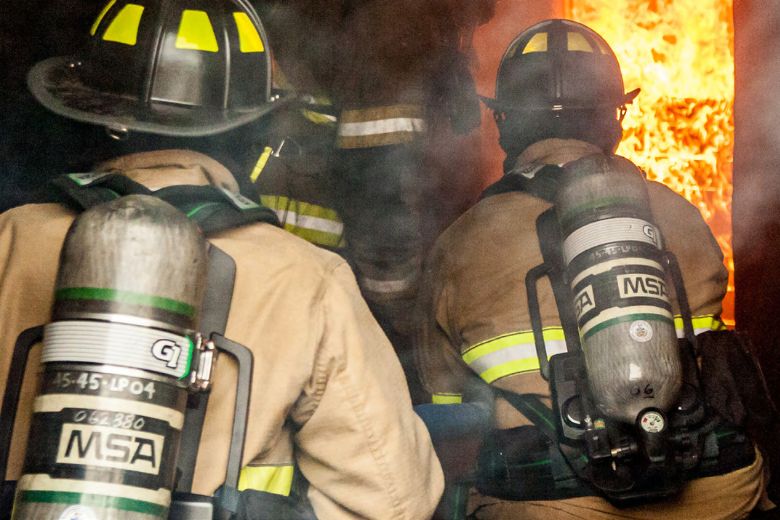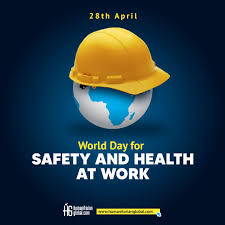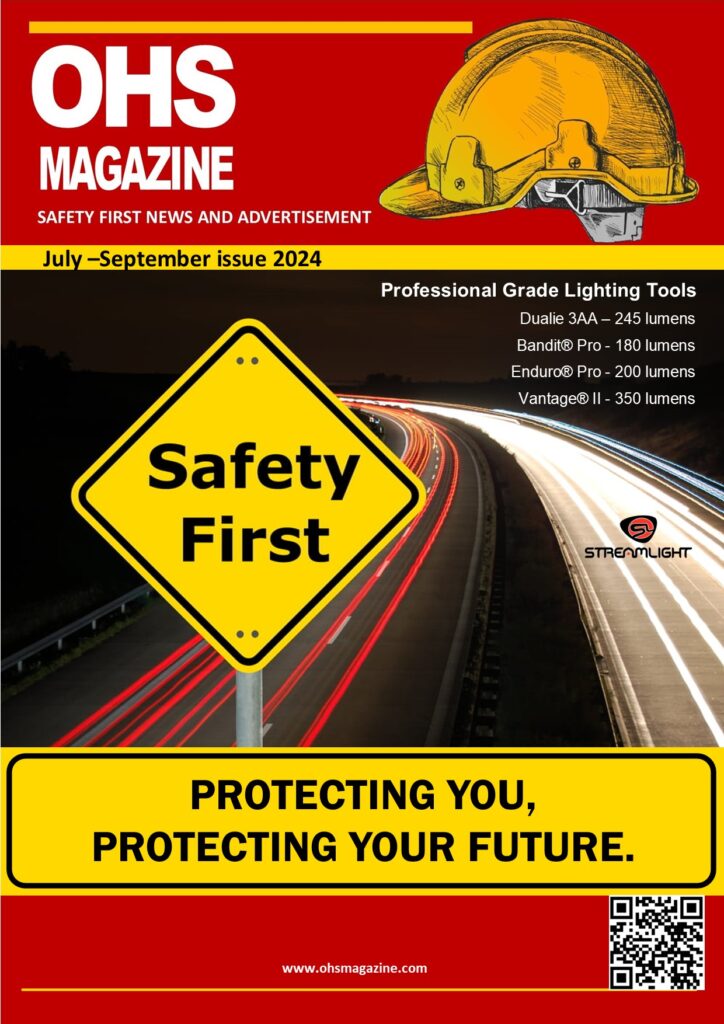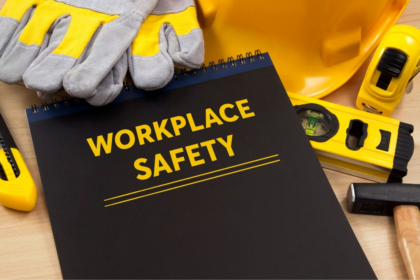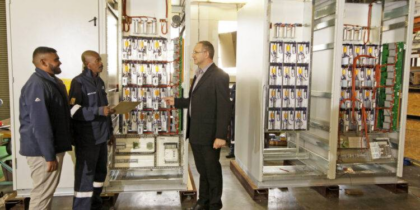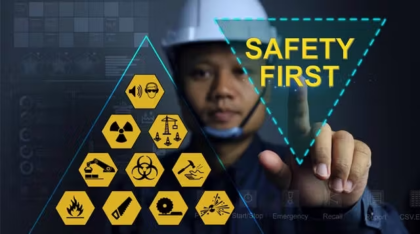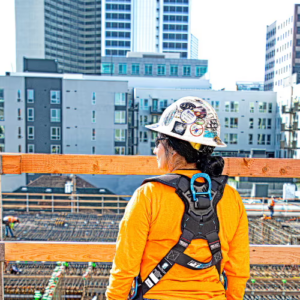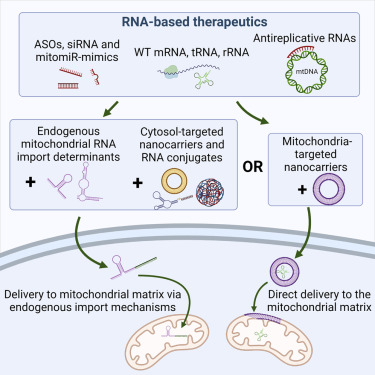Enhancing Mayday Communication with Technology.
Using Technology to Enhance Communication During Mayday Incidents
Chief officers and incident commanders train and plan relentlessly to lessen the frequency and severity of situations in an immediately dangerous to life or health (IDLH) environment that warrant a mayday call.
“Mayday” repeated three times over the fireground radio signals that firefighters have entered an IDLH hazard zone and need assistance now. Everyone’s immediate concern will be for the safety of those firefighters calling the mayday and for those rapid intervention firefighters going in to make the rescue. In that moment, everyone will need to make informed decisions and execute those decisions for the best possible outcome.
After the incident will be when lessons are learned. And the more dire the mayday situation was, the harder the after-incident questions will be. Everyone from the interior officer to the fire chief will have to answer what happened throughout the incident, what steps will be taken to help prevent the initial incident from happening again, what went right and wrong in the rescue efforts, and what successes can be passed along department-wide.
Decoding Mayday Incidents: An Analysis of Firefighter Safety and Communication
The late Chief Don Abbott probably understood as much about mayday events as anyone else.
In more than six years of analyzing mayday data for Project Mayday, Chief Don Abbott compiled and analyzed more than 16,000 incidents covering both volunteer and career departments. The goal was to find ways to prevent mayday incidents. Abbott said he only had as much as 18% of all the mayday events that took place for his analysis.
Abbott retired from the Indianapolis Fire Department and eventually worked with Chief Alan Brunacini in Phoenix, playing a key role in developing the Blue Card hazard zone training and certification program to aid incident commanders in managing IDLH incidents. When looking at the first 6,000 of those mayday calls where firefighters were lost or separated from the hose, Abbott learned that 49% were commercial structures and 41% were residential ones. In short, maydays occur almost equally between the types of structure fires nearly all firefighters respond to.
Clearly, numerous factors come into play when trying to prevent a mayday from ever having to be called. Training and planning are certainly key. Technology and available equipment can also be determining factors. Writing for Firehouse in 2018, Abbott said that in 87% of mayday incidents, there was a major breakdown in communication. Those breakdowns included missed messages, orders not received, and someone walking over another person’s communication. In fact, he wrote, the initial mayday call was missed 54% of the time.
Abbott’s analysis of radio traffic leading to mayday events revealed 16 common phrases that preceded a mayday call. He called them “trigger phrases” and urged incident commanders to use those as early warning signs to prevent maydays and the possible firefighter death or injury that can follow.
Here’s a quick look at what Abbott discovered how often firefighters call a mayday.
- 73% of the time when crew reported low-air alarm or low- air alarm was heard over the radio.
- 81% of the time when they say, “We have fire above our heads.”
- 67% of the time when they reported not finding the seat of the fire.
- 59% of the time when they report zero visibility.
- 21% of the time when they reported a blocked exit.
- 19% of the time when they say, “Command has lost communication with multiple crews.”
These situations can be vastly improved when the crew uses a thermal imaging camera (TIC). However, Abbott wrote, his research showed only 59% of first-in crews were carrying a TIC. For more on some ways that this technology can help improve safety outcomes, read “How MSA Continues to Innovate Fireground Connectivity to Help Enhance Your Decision-Making.”
The National Institute of Occupational Safety and Health firefighter line-of-duty death investigations nearly always list lack of communication as a causal factor. Not surprisingly, Abbott’s data, as stated above, showed communication to be a key indicator of maydays.
Again, Abbott found that more than half of the initial mayday calls were not received.
“Communications is a reflection of our operations — the good, the bad and the ugly,” Abbott wrote in his Firehouse article. “During many incidents, communications becomes a problem and causes the incident to become out of balance. This is especially true during maydays. Why? In most cases, there is either NO communication model or the model is not being followed.”
Command losing communication with crews, he writes, often happens in high-rise or commercial structures. Despite its relatively low frequency, it speaks to the importance of reliable communication, both from a technology standpoint and a procedures and human behavior standpoint.
Abbott wrote that while reviewing radio traffic from incidents, the background noise was often low-air alarms. That meant crews were still working despite the alarm.
“The company officer is responsible for their crew, especially when a member goes into a low-air alarm,” Abbott wrote. “The only way for the IC to monitor these situations is to conduct timely air checks.”
In short, to improve their chance of avoiding a mayday, fire chiefs and incident commanders need sound policies and procedures in place that are understood, trained on and become routine practice. They could also enhance their chances and responses with integrated technology to improve communication and insight into what is happening with things like crew location and air supply — aiding in informed decisions on-scene and post-scene.

Embracing Innovation: The Drive for Technological Advancements in Easton Fire Department
That’s exactly the approach Fire Chief Henry Hennings took to enhance the safety of his crew. Chief Hennings oversees the City of Easton Fire Department in Pennsylvania, a full-time, career department on the state’s eastern border near Philadelphia. They cover about 4.5 square miles and a population of 28,000. The department’s 50 firefighters respond to approximately 2,500 calls each year, with 100 of those being fire or rescue calls.
Easton is among the nation’s oldest cities. In fact, it was one of the stops in Pennsylvania where the Declaration of Independence was read in the run-up to the Revolutionary War.
Easton’s path to safety technology upgrades began nine years ago when the department bought new MSA G1 SCBA units for each riding position. Then, three years ago, Hennings went further by using grant money to purchase MSA ALTAIR 5X Gas Detectors. In 2022, Easton bought MSA’s LUNAR Connected Devices with FireGrid software (see sidebar for more about these technologies).
In their 2020 article for Firehouse, “Technology to Aid the Fire Service,” authors Denise Smith and Craig Haigh wrote that the days of justifying big purchases based on intuition are over.
“Mayors and managers expect performance metrics to justify expenses, and firefighters have information and research data immediately available via the smart device they carry in their pocket,” they wrote. “In this new age of technology, progressive fire service leaders now demand ‘data-based decision-making’ for not only organizational management decisions but also on-scene emergency response operations.”
Chief Hennings says that even with the department’s technology upgrades that have already enhanced their safety program, there’s more functionality and potential with the technology platform the department invested in. In the near future, he says, he plans to use it more as a data tool as the department ramps up for its 2025 ISO audit.
Once Easton Fire is fully using its new technology, its data will be seamlessly connected for on-scene and post- scene use. Just by using the devices on-scene, a report will be automatically created and incident history logged to aid in critical things like fleet and inventory management.
Hennings says a full plan on how to integrate the cloud-based FireGrid software is still forming. One area where it will be used is to assess firefighter injury reduction, the chief says.
And despite firefighters’ reputation for being fiercely resistant to change, Chief Hennings says getting his staff’s buy-in was largely painless.
When he first presented the purchase idea, most firefighters were excited about each having their own search and rescue device with thermal imaging capabilities. They got fully onboard after they got their hands on the technology. Initially, an MSA instructor taught an introductory class, followed by a series of in-service training. It took Easton about two months to get everyone trained to the level needed to put the technology in service. Easton will continue providing refresher training and initial training to new hires. Enhancing Mayday Communication
Improved accountability was a big driver for Chief Hennings’ decision to use technology to help prevent firefighter injury and death. For that reason, the department bought a LUNAR search and rescue device for each firefighter versus for each apparatus.
“This gives us an extra layer of protection,” he says. “This is better overall accountability. With the traditional accountability tag system, the last time you truly know where anybody is at is when they hand you the tag.”
How High-Pressure Situations Impact Communication
Another factor in mitigating and preventing mayday incidents is how humans communicate under duress. Remember all those maydays Chief Abbott researched that were attributed to communication breakdowns, and that more than half of the mayday calls go unheard?
Dr. Vince Covello, founder and director of the Center for Risk Communication, identified several things that happen to our communication under high stress. Here’s a look at a few of them. Enhancing Mayday Communication
- People tend to have more difficulty hearing in high- stress situations. Often called tunnel vision, the brain narrows our focus to one point. It is amazingly easy to miss the sights and sounds that are outside this narrow field of vision. It is a biological reaction, and it is very real.
- People lose 80% of their capacity to process information when stress and mental noise are prevalent.
- People typically only remember the first and last thing they heard during high stress.
- People typically can only process information at four grade levels below their highest level of education. There are a couple of techniques Covello recommends to help overcome our innate ability to communicate poorly when it matters most.
First, Covello says, pause, take deep breaths and count to five — slowly. In his book “Thinking Fast and Slow,” Daniel Kahneman breaks the brain’s processing into two basic speeds: fast and slow. The fast brain shuts out all extraneous incoming information and analysis — and reacts. When confronted with an emergency, our brains click into fast mode. It’s what keeps us alive. Our focus narrows on the threat at the expense of careful consideration. Enhancing Mayday Communication
In firefighting, this fast-mode neurological function contributes to tunnel vision. Slowing your brain allows it to see more of the environment and better relay verbally what you see. And technology, like that being used at Easton Fire Department, is a way to augment mind hacks like this. Enhancing Mayday Communication
Second, Covello adds, know what you are going to say and keep it simple. Remember that those in the same high-stress situation have a limited capacity to hear and process information. This includes not only firefighters but also incident command and dispatch. Many departments will have their own procedures and guidelines covering how to communicate during regular incident operations and mayday situations — those should always be a department’s default.
Pick Technology That Complements Training and Policies
Combining state-of-the-art technology with good policy, training and practice is one way fire officers can give their crews the best chance of not having to call mayday. But if that happens, technology tools are available today to help firefighters stay connected and protected. Enhancing Mayday Communication
For more information, visit http://www.msasafety.com/
